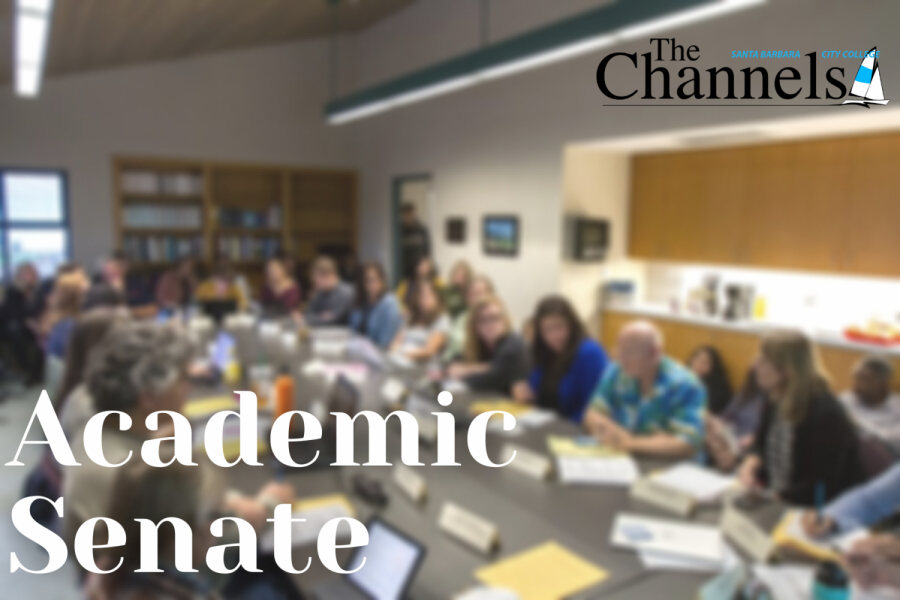At the Academic Senate’s most recent meeting on Wednesday, April 24, the main topic of discussion was dual enrollment.
Angelica Arce Contreras, the senior director of admissions, records, and dual enrollment spoke to the board first.
The dual enrollment team has a goal of upscaling and making it more of a priority on campus according to Contreras.
The chancellor’s office has a vision of using a strategy where dual enrollment college courses will be created that are offered to ninth graders. Later on, the student would take 12 more units of college courses during their high school careers. A goal the team has for the future is to increase the number of ninth grade high school students that take at least one college course.
Michael Medel, dean of business, media arts, physical education, and of the Scheinfeld Center went over the many values he believes dual enrollment holds towards students. He expanded mainly on how the program can greatly benefit the college from a financial aspect. This is because high school instructors are teaching the college level courses, so the high school pays the salary of the instructors, not the college. He then touched on how this opens up opportunities for growth in enrollment at City College.
According to Michael’s report, 51% of CCAP students, which are students taking college classes on the high school campus, will end up enrolling in a community college. Some data that was given from the California Department of Finance was brought into this topic of discussion because it predicted that in the next ten years enrollment in the college will lessen. The hope is that by making dual enrollment more known and accessible, it will solve this issue.
“When they know that they can come here for one year and then transfer and come here free of charge using the promise grant, you start to attract a very different student population that you probably wouldn’t have attracted otherwise,” Medel said.
The most important reasoning behind pushing for dual enrollment, according to the dean, is the opportunity that comes from it to close the equity gap for success.
“When you compare the students that have completed college credit while in high school compared to those that do not, the success rates are through the roof in every single category,” Medel said.
Near the end of the presentation, a Q&A session was held where anyone in the room could raise their concerns. Raising money for high school teachers getting their master’s degrees was brought up. Teachers can only teach college courses if they have this high level of education. This project is in the works, some of the CCAP grant funds are being allocated towards it according to Contreras.
Danielle Swiontek, who is part of the social sciences division, brought up her concern with the high school students’ young age and how it can be a lot for them to be in college level courses.
The women studies professor said that students would be losing education by the schools’ attempt to teach them faster.
“Now they have a F on their college transcripts as opposed to just an F on your high school transcript,” she said.
Contreras responded to this by saying that it is important to be strategic in terms of what classes will be offered, specifically to those in the ninth grade.
“It’s not a one size fits all,” Contreras said.
The senate’s next meeting will be held on Wednesday, May 8.









